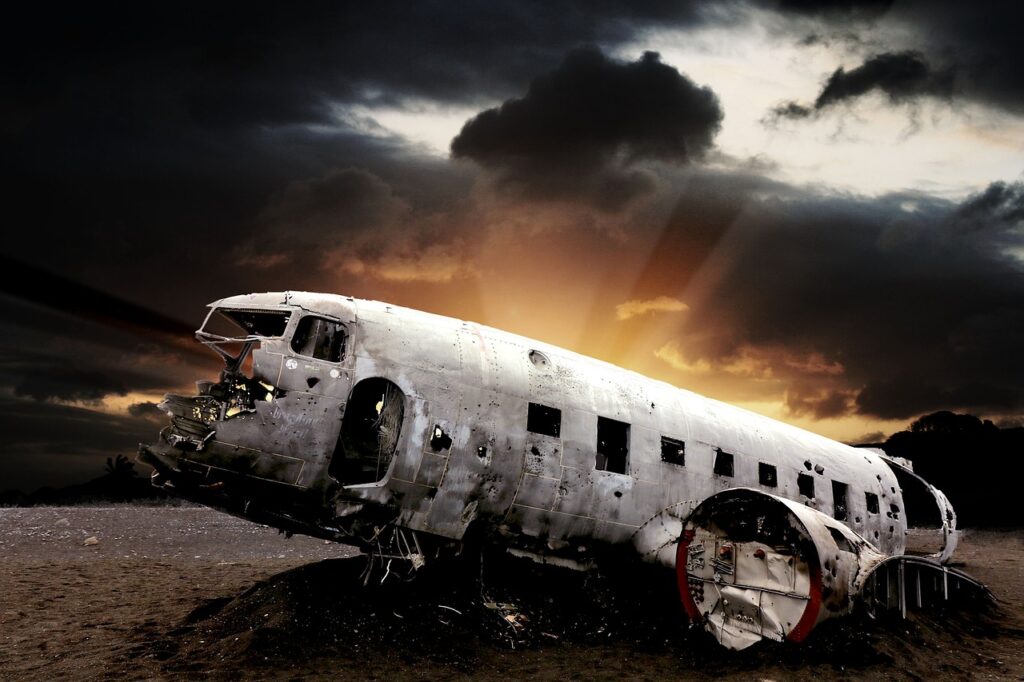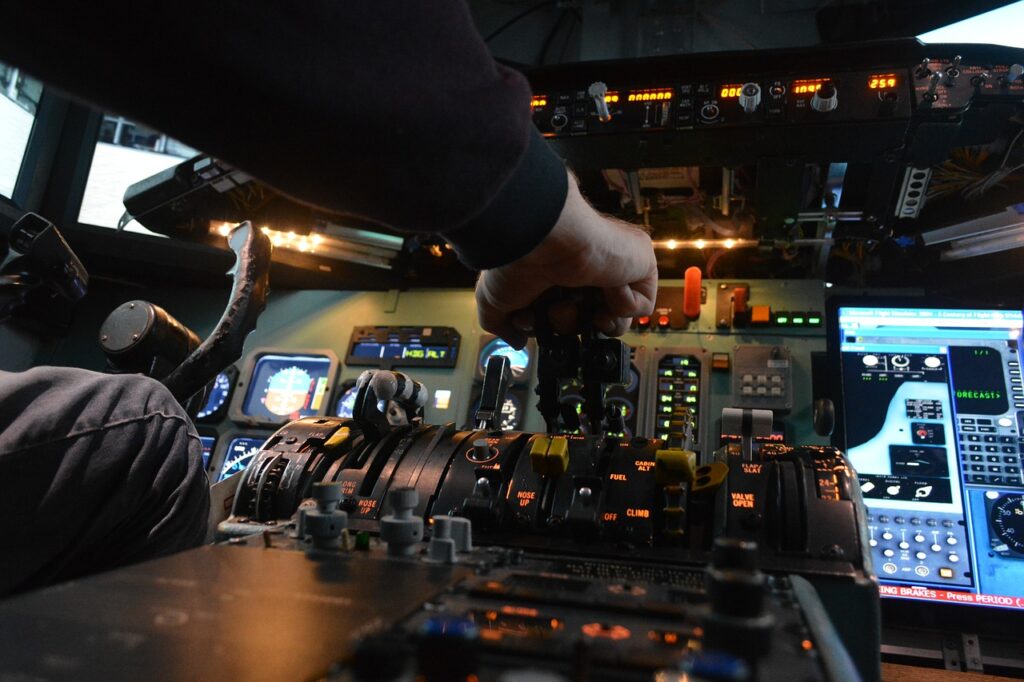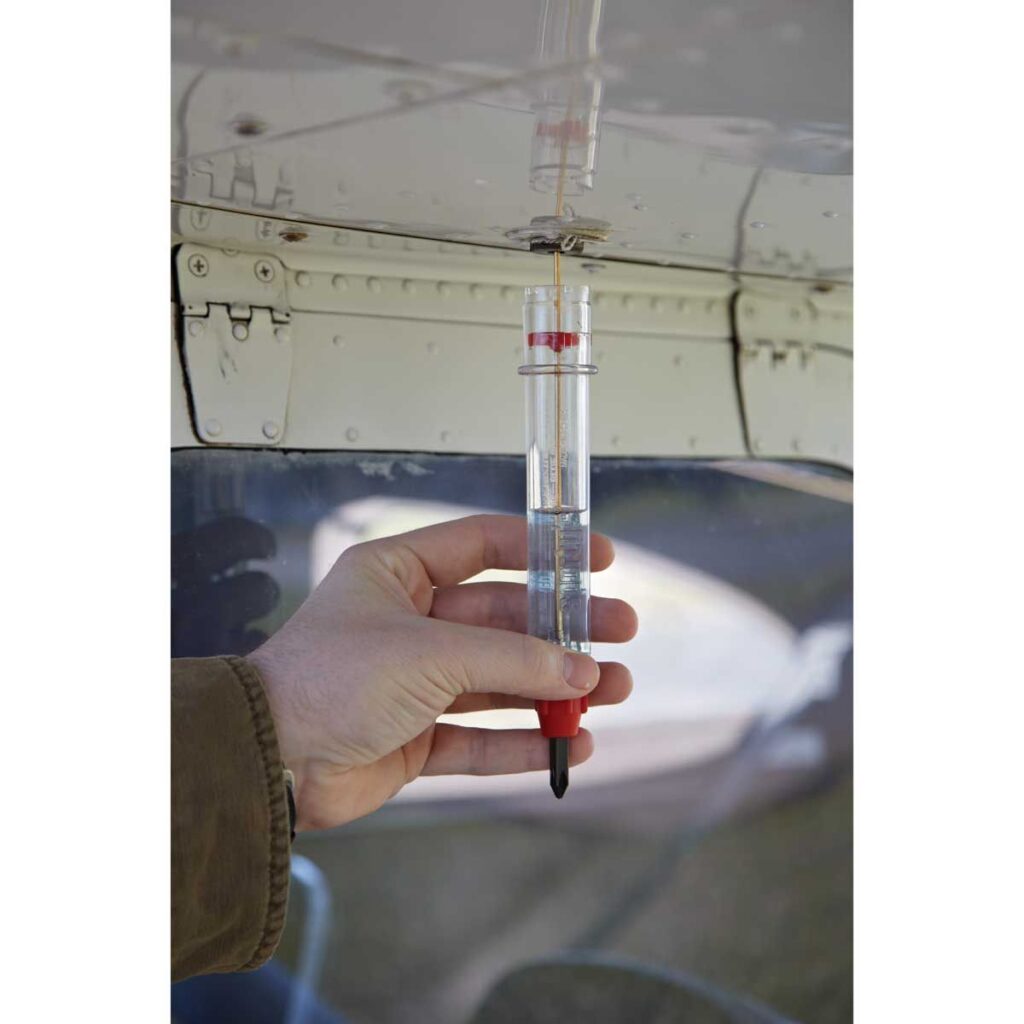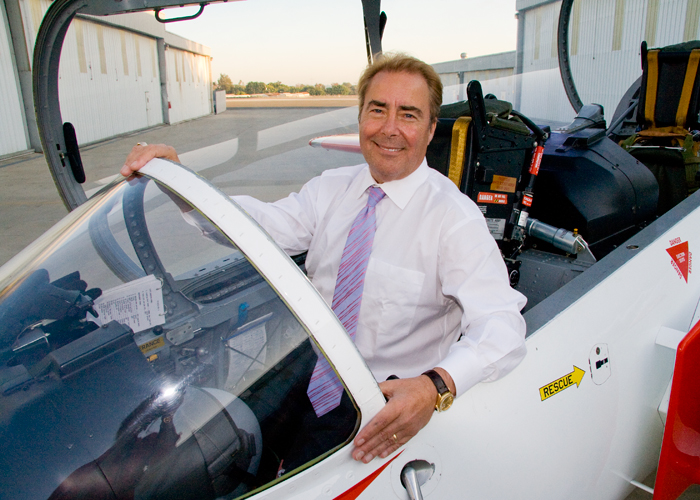General Aviation Crash Cases – What to Look For…
- In Airplane Crash, Aviation Law, Helicopter Crash, Wrongful Death
- 2 November 2021
Patrick Bailey, Aviation Trial Lawyer and Pilot, Offers Advice About Aviation Crash Lawsuits
As an aviation trial attorney for 30 years, I have fought for the loss of the most precious possession imaginable: A mom or a dad . . . or brother or sister – or husband or wife. These cases are heart‑wrenching and carry a lifetime of loss.
Can they be avoided? The simple answer is, yes. But Aviation death cases can also be as simple, such as “ran out for fuel” or as complex as “product liability failures” combined with a misdirection by Air Traffic Control (“ATC”).
Because of my aviation background as a Certificated Flight Instructor (“CFI”) for airplanes, single engine and multi-engine land and sea under Federal Aviation Regulations (FAR) Parts 91 for recreational flying and as an Pilot Instructor under FAR Part 135 for Flight Operations Conducted for Hire, I have been exposed to the aftermath of fatal flight operations by newbie pilots working on building “flight time” as well as airline pilots who let their guard down at the wrong time or while flying a plane load of passengers.
Four Major Causes of Aviation Crashes

As a result of my 30 years of piloting and handling aviation crash cases, I have seen a remarkable repetition in the causes of those crashes. Some of it may surprise you, some of it won’t. Here they are:
- Weather
- Time in Type
- Fuel Issues
- Destination Familiarity
Weather as a Cause of Aviation Crashes – More Complicated Than You Think
Weather may seem simple, i.e., “it’s not raining now, let’s go!” Not so fast. Rule #1: Weather is dynamic. In other words, it’s changeable. I know it may sound too simplistic, but it’s not. Ask yourself: What was the weather 12 hours ago? What is the forecast weather 12 hours from now? In addition to current weather conditions, using the 12/12 rule is very good safety practice.

Next, take a look at visibility. If there are low clouds or moist air – pay attention to the temperature at your destination.
With low clouds and/or moist air, if the temperature is dropping, that’s a warning sign that there’s probably going to be clouds and or reduced visibility at the destination airport. Note: If the pilot is not “instrument rated” (licensed to fly in zero visibility), he or she must have 3 miles visibility and remain clear of clouds from the time of takeoff to landing. (FAR 91.155.) Of course, visibility is just one factor in your weather analysis on a crash case. Here are a few other clues:
What was the actual and forecast wind direction and velocity at the destination airport? Was the wind direction and velocity consistent or variable? Was it safe considering the pilot’s skill, training, and experience? It depends on the following:
- How experienced was the pilot? Just working on his or her private pilot license? Probably not a good idea. Already a licensed pilot with at least 20 hours experience under his or her belt in the subject aircraft? Maybe okay, depending on forecast weather and the actual weather.
- What about wind? Well, what’s the current angle and velocity of the wind to the destination runway? 90 degrees at 20 knots? Not good! That’s a “No-Go.” What about 30 degrees at 15 knots? The answer is Maybe. It all depends on the skill and experience of the pilot and his or her “Time-in-Type,” i.e., hours of experience in the subject airplane, which brings us to another potential danger area to explore.
Pilot Experience as a Cause of Aviation Crashes – What was the Pilot’s “Time-in-Type”?

Is the subject airplane a simple Cessna 172 or is it a “high performance airplane” per FAR 61.31(f) with “an engine of more than 200 horsepower?” If the pilot’s logbook doesn’t contain a “high performance checkout” and current flights in the aircraft, that should be a warning flag. In addition to the pilot’s skill, training, and experience (or lack thereof) in the subject aircraft, whoever rented the “high performance aircraft ”to the pilot may also be on the hook under the legal theory of “negligent entrustment ”for failure to confirm that the pilot’s log book contained the required and current pilot qualifications for flying the subject aircraft.
By the way, don’t overlook other types of “lack of qualifications or experience” such as new “avionics equipment.” Note: It has become very common for “older aircraft” to be retrofitted with modern avionics which includes “state of the art,” sophisticated radio communication and navigation equipment. For an owner to simply hand over the keys to an older model airplane, upgraded with new, state‑of‑the‑art avionics without confirming that the renter pilot is, in fact, knowledgeable about how to operate such modern communication and navigation equipment, may well amount to negligent entrustment, which puts the owner and/or renter on the hook for damages caused by the “inexperienced pilot” in the subject aircraft.
Fuel Issues as a Cause of Aviation Crashes

Believe it or not, it still happens: Fixed Base Operators (“FBOs”) negligently sell aviation fuel contaminated with water. Yeah, we know: pilots are supposed to check for fuel contamination, but so are the vendors charging money for the contaminated fuel. The sellers of fuel have a duty to check for water contamination before it is pumped into an airplane’s fuel system; and pilots have a duty to “sump” (sample) their fuel tanks with a small plastic cup or tube before takeoff to look for water contamination. These are two different legal duties you must investigate.
Note: It is the author’s experience that it is HIGHLY unlikely for a juror to forgive a seller of fuel who sells water‑contaminated aviation fuel resulting in an engine failure after takeoff. But that said, the jury might also not like a pilot who fails to visually test a fuel sample to confirm that the fuel is free of visible contaminates, including water.
Destination Unfamiliarity as a Cause of Aviation Crashes

Here are the common problems:
- First time into a mountain or canyon landing strip?
- First time into a short, narrow runway?
- First time into a small runway with untrimmed trees and/or unmarked telephone lines on approach?
- These important factors must be considered.
As a Lawyer – Do You Take the Aviation Accident Case?
From a legal standpoint you should make every effort to determine the following:
- Aircraft: Properly maintained and airworthy?
- Pilot: Qualified and current in aircraft type?
- Weather: Within limits of pilot and aircraft?
- Fuel: Proper type and not contaminated?
If You Take the Aviation Accident Case, What’s Your Next Move?

If it’s your first aviation case – seek co-counsel with a strong aviation background. Bailey & Partners has experience with aviation cases. Contact us for help.
Protect the wreckage! Too often wreckage is bulldozed into a heap with missing parts and documents, e.g., Pilot Log Books, Airframe/Engine Log books, checklists, maps, charts, etc. These pieces always tell a story.
If you are a lawyer considering an aviation accident case and need a co-counsel, helicopter accident attorney or an airplane accident lawyer, contact Bailey & Partners. The attorneys at Bailey & Partners have a track record of proven results in Los Angeles and around the world. We look forward to helping you.
Contact us for a FREE complimentary case evaluation:
- Call: (310) 392-5000 or 800-973-2263
- Email: [email protected] or
- Fill out the form on this page


